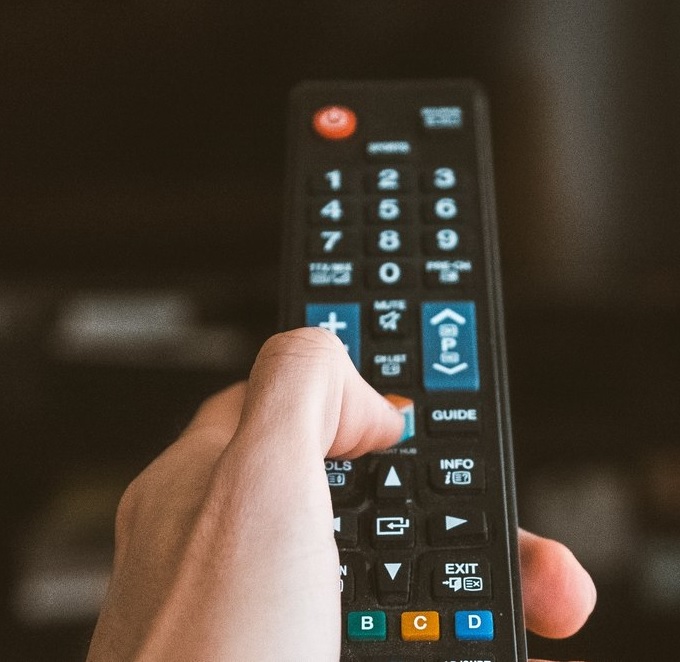As the pandemic left people confined to their homes most of 2020, the Cable & DTH industry made sure to provide undisrupted service to the customers. The health crisis was a mixed bag for the industry as while many got new connections to make stay at home enjoyable, there were others who opted for disconnection as they moved back to their hometown.
As per The Indian Telecom Services Performance Indicator Report April-June 2020, as on June 30, 2020, there are 1666 MSOs registered with MIB. Further, as per the data reported by MSOs/HITS operators, there are 12 MSOs & 1 HITS operator who have a subscriber base greater than one million. Among these 13 MSOs, Siti Network is the leading player with the highest total active subscriber base of over eight million (88,78,164) followed by GTPL Hathway with over seven million subscribers (77,09, 349) and Hathway Digital with over five million subscribers (53,23, 752).
“2020 has been a very difficult year for all sectors, not just MSOs. At Siti Network, we had to ensure that customers remained indoors so as to break the chain (of the virus) while being outdoors ourselves to maintain continuity of services. Broadband and online servicing became the central theme for ensuring that customers got what they had paid for and any stress on them was reduced. Door-to-door payment pick-up gave way to online recharge like never before. Customer contact also changed from voice to non-voice with bulk interactions moving towards online mediums. Siti was geared up for these challenges and ensured services always remained live with our happy to help attitude,” said Anil Malhotra, CEO, Siti Network Limited.
He further added, “Channels could not make new content for most part of the year, and we had old & classic television content making a re-entry into the programming and achieving viewership that most of the top-rated programmes world-wide could not achieve. This was a testament to the fact that customers could stay indoors and did not face disruptions due to the lockdowns.”
On the DTH sector front, as per the report, pay DTH has attained a total active subscriber base of around 70.58 million. This is in addition to the subscribers of the DD Free Dish (free DTH services of Doordarshan). The total active subscriber base has increased from 70.26 million in March 2020 to 70.58 million in June 2020.
During the April-June period, subscribers remained picky while selecting channels due to the lack of fresh content available on the pay channels which impacted the subscription revenue of DTH platforms.
Sukhpreet Singh, Corporate Head- Marketing, Dish TV, said, “As an essential service, we made sure that it remained undisrupted and all our consumers were able to get our service during the pandemic. We made sure that business stays unaffected as much it’s possible. We witnessed both kinds of trends during the lockdown period. Since the TV viewership was high which means that people were consuming more television so a lot of people upgraded their packages and bought new value-added services from us. Also, during the period of April- June, a lot of migration happened as people were moving back to their hometowns due to which connections in many places were not renewed, but it also led to some new subscription.”
He further added, “Lot of our business was already digital but then there was also a fair part of the business which was done through a physical retail outlet for selling new connection or recharging an existing one. Even the door-to-door service that DTH provides was disrupted during the lockdown. Hence, we had to scale up the digital outreach. Overnight, we tried to convert all these things to remote and digital touchpoints. This was the biggest challenge for us to provide undisrupted services during the pandemic.”
According to Karan Taurani, Vice President, Elara Capital, “Initially there was an uptake when the lockdown started and that was primarily due to reactivation of the boxes in the two or three-TV households. Also, some people who had earlier cut the cord started coming back to TV. But as soon the lockdown got extended and things became worse, the positive impact was offset by the impact that reopening of hotels, bars, and pubs had as they started working from September-October. Also, the decline in the affordability of low-income group too hit the industry to some extent.”
“It was a year that started on a positive note, then turned negative midway. It will now start to stabilize with everything gradually opening-up. However, the commercial business will depend on the recovery of the hotel & restaurant industry, and this will take some time.”























